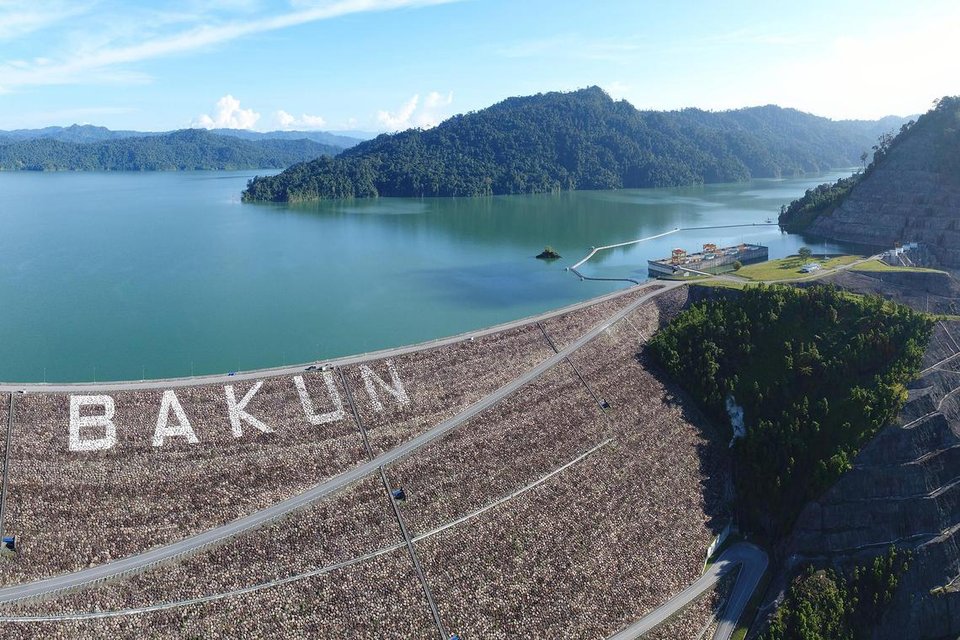Malaysia's Sarawak state, rich in hydropower resources, aims to position itself as the region's "Green Battery" for energy transition. But while its low-carbon push advances, associated infrastructure projects are threatening forests and indigenous livelihoods.
Source
Sarawak, Malaysia’s largest state, is pursuing an ambitious energy export strategy to meet rising regional demand from air conditioning use and AI-powered data centres. While it has the nation’s lowest carbon emissions, it also suffers from the highest deforestation rate. The state is expanding its hydropower output and developing floating solar capacity, targeting 10 GW of total capacity by 2030, with plans for subsea transmission links to neighbouring regions.
This hydropower expansion has come at a significant environmental and social cost. Research shows nearly 70,000 hectares of forests have been submerged, and projects like the Bakun Dam have displaced over 9,000 indigenous residents. A proposed cascade dam on the Tutoh River, opposed by 29 Indigenous tribes, threatens the UNESCO World Heritage–listed Mulu National Park, highlighting the conflict between renewable energy goals and ecosystem preservation.
The projects face strong opposition from local communities, who say they lacked transparency and marginalised local voices. The resistance underscores the challenge of balancing renewable energy expansion with the need for proper consultation and safeguards. Sarawak’s journey illustrates the complex trade-offs between achieving clean energy ambitions and ensuring social and environmental responsibility.


